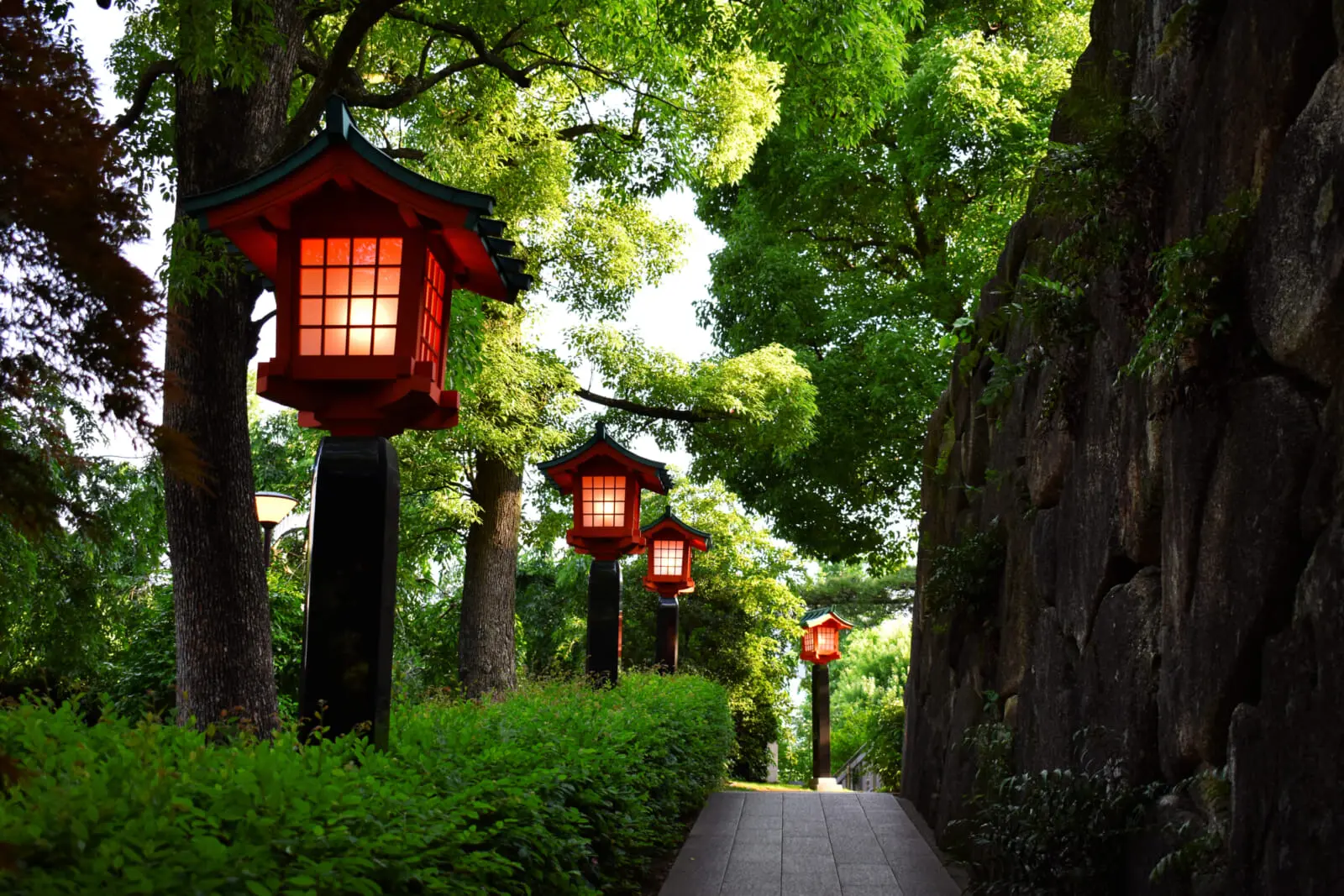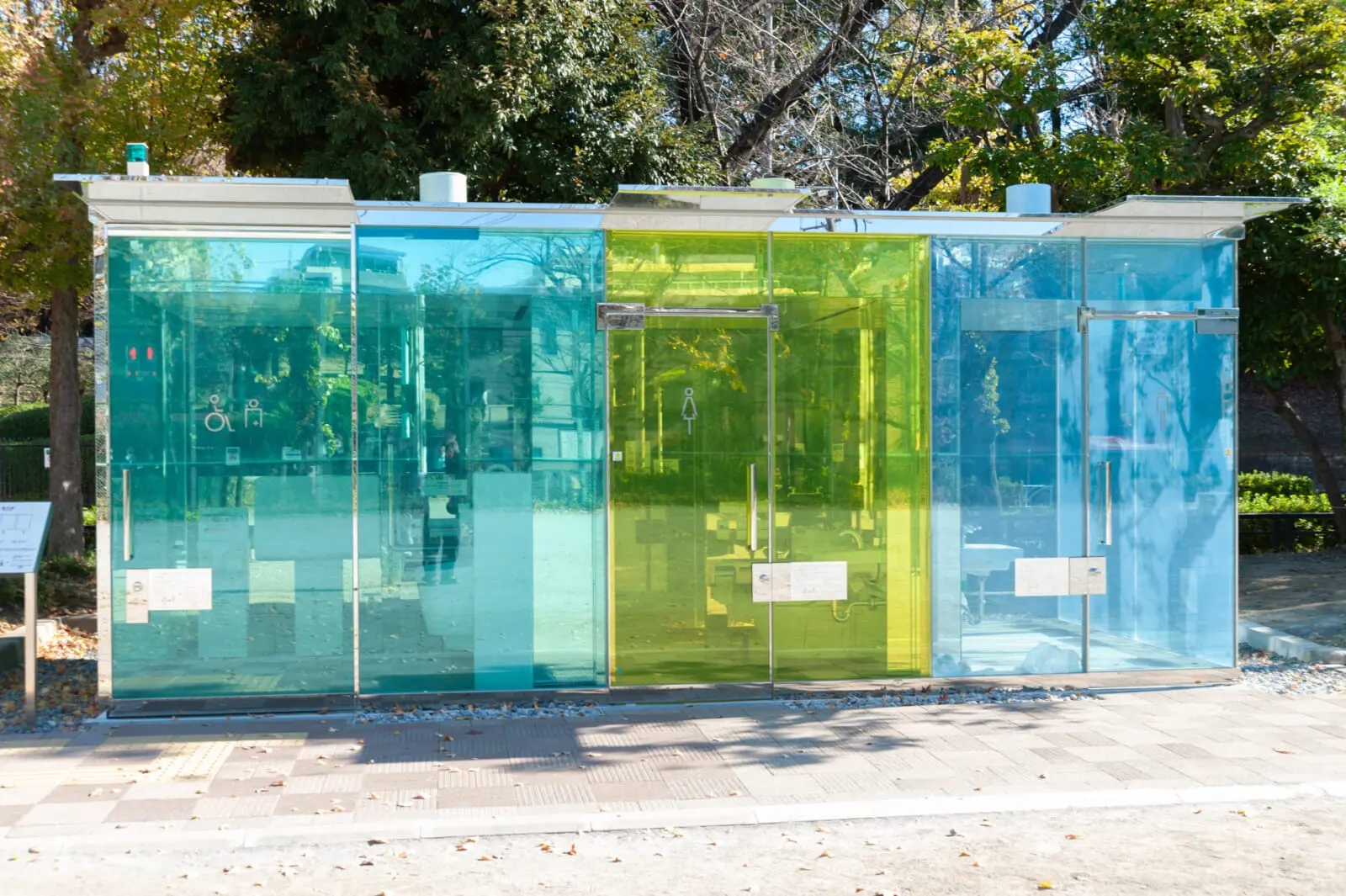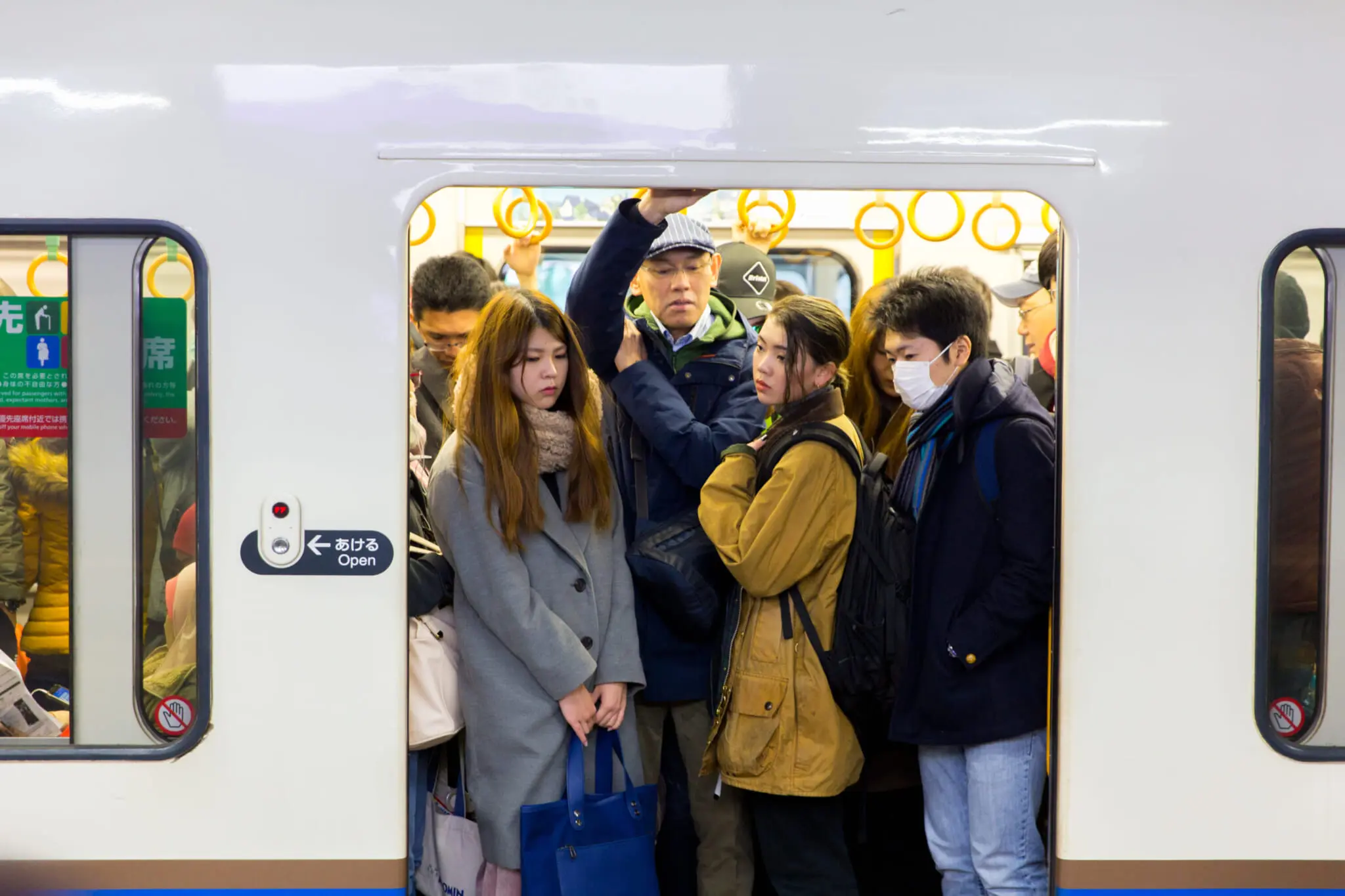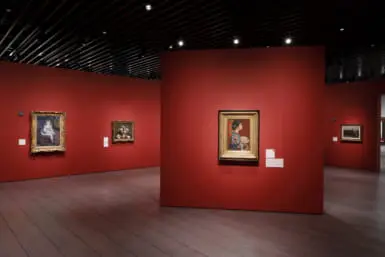One of the world’s most respected travel guides has listed two Japanese cities — Tokyo and Kyoto — on its list of “destinations to reconsider in 2025.” Taken together with the article’s main image — a temple gateway packed to sardine-tin levels — it very much feels like these world-class cities should be given a miss. But that’s not to say you can avoid them altogether. With a bit of smart traveling, you can avoid the crowds.
Why Have Kyoto and Tokyo Been Singled Out?
Fodor’s released its annual “No List” on November 13. The list highlights “destinations where tourism is placing unsustainable pressures on the land and local communities.” Tokyo and Kyoto appear alongside places like Bali in Indonesia (a “Perennial No List” destination) and Mount Everest.
Fodor’s makes the reasonable case that too many tourists are leading local businesses to turn their backs on tourism and its money. There are more tourists in Japan than ever before — and there are figures to prove it. The site also points to the rising number of tourists staying in business hotels, which has led to said hotels hiking up their prices, thus pricing out the local businesspeople whom they were meant for in the first place.

The Overtourism Issue
After the broad restrictions left over from the COVID-19 pandemic were lifted, “overtourism” became a buzzword in the travel industry. While holiday dreamers were stuck at home, the social media algorithms pushed the same temples, the same “best views” and even the same places to shop onto peoples’ screens, and into their minds. This led to an influx of tourists headed to the same places.
Tokyo and Kyoto are particularly prone to this overtourism. They were shut off from the outside world for a long time, which made them more desirable, and once you’re in Japan, getting to them is a piece of cake.
The most popular places in Tokyo and Kyoto are becoming so crowded that some have been forced to take measures. Earlier this year, the backstreets of Kyoto drew headlines when they installed “no tourists” signs in residential areas to protect its geisha, who’d been subject to harassment from tourists. Elsewhere, a few eateries across the two cities have started to operate under “Japanese Only” policies.

Should I Still Visit Tokyo and Kyoto?
It’s true that these points mentioned by Fodor’s are very real issues, but simply avoiding two of Japan’s major cities is probably not the solution. For starters, many tourists will have to transit through Tokyo anyway. The trick is to travel smarter.
Both Tokyo and Kyoto are fantastic places to visit. Tokyo is the largest metropolis in the world. Likewise, Kyoto has been geared towards expecting tourists for years. It’s also another deceptively large city.
Visit Tokyo and Kyoto with mindfulness, by consciously avoiding crowded areas. If there’s anything that I’ve learned in my five years of living here and welcoming friends from abroad, it’s that no matter what you do here, you’ll enjoy it.

How to Avoid the Crowds
Here are some handy pointers to be a respectful tourist and avoid the crowds:
- Stay somewhere towards the end of a train line. It’s a lot cheaper, and you’ll have a better local experience.
- Be a Maps detective. It’s pretty easy: if temples are your thing, search for a “temple” near your place of residence. There are temples and shrines all across Tokyo, and chances are that you’ll be staying near an impressive one.
- Head out to the suburbs. Tokyo is absolutely massive. You can travel an hour and a half away from Tokyo Station and still be in the city. Explore different train lines.
- Do your research. If one spot appears on most of the biggest travel sites, it’s likely to be overcrowded. You can sometimes check overcrowdedness on Google Maps, where it will have a graph informing you of crowded times.
- Limit your time in Tokyo and Kyoto. Have one day for the biggest attractions, then head out.

Visit the infamous Tokyo toilets
Less-Crowded Places
As travel writers, we’re all too aware of the impact and consequences of overtourism. Equally, we travel a lot, and know places that should be getting a lot more attention than they actually are.
Have a look at some of these places:
Lesser-crowded Spots in Kyoto
- Alternative, Less Crowded Temples and Shrines in Kyoto
- Northern Kyoto
Lesser-crowded Spots in Tokyo
- Zoshiki Shopping Street, Kamata
- Jujo Station, Kita
- Myohoji Shrine, Suginami
Other spots you can reach from Tokyo and Kyoto that thoroughly blew me away:
- Aizu-Wakamatsu, Fukushima Prefecture: You’ll find Edo-period architecture like Kyoto.
- Noto Peninsula, Ishikawa Prefecture: The people here give you the biggest welcome.
- Manza Onsen, Gunma Prefecture: A hot spring near Tokyo that isn’t too crowded.









